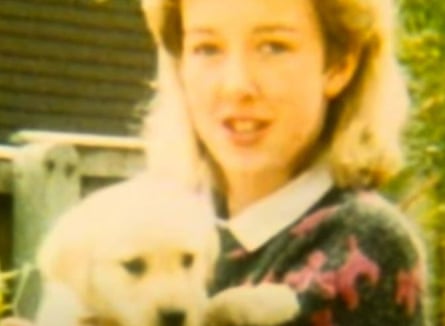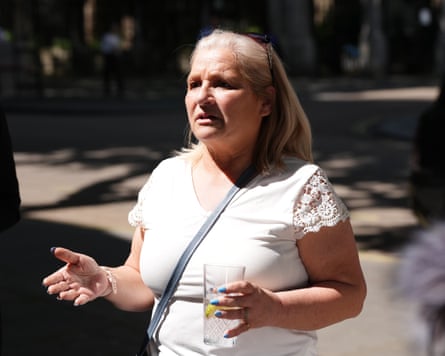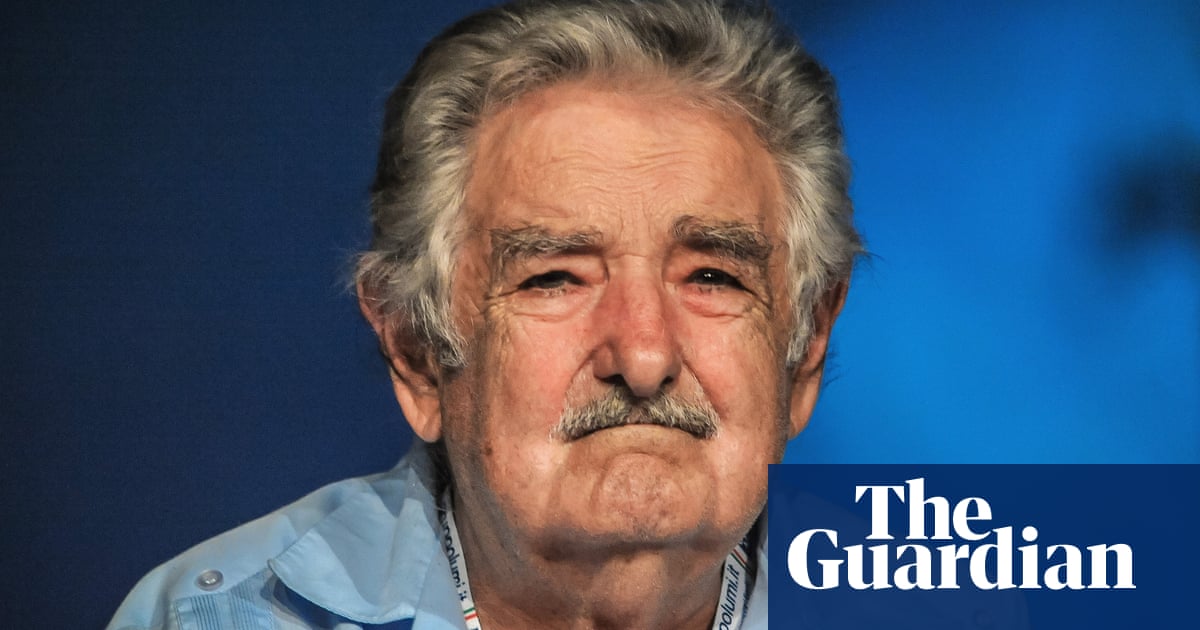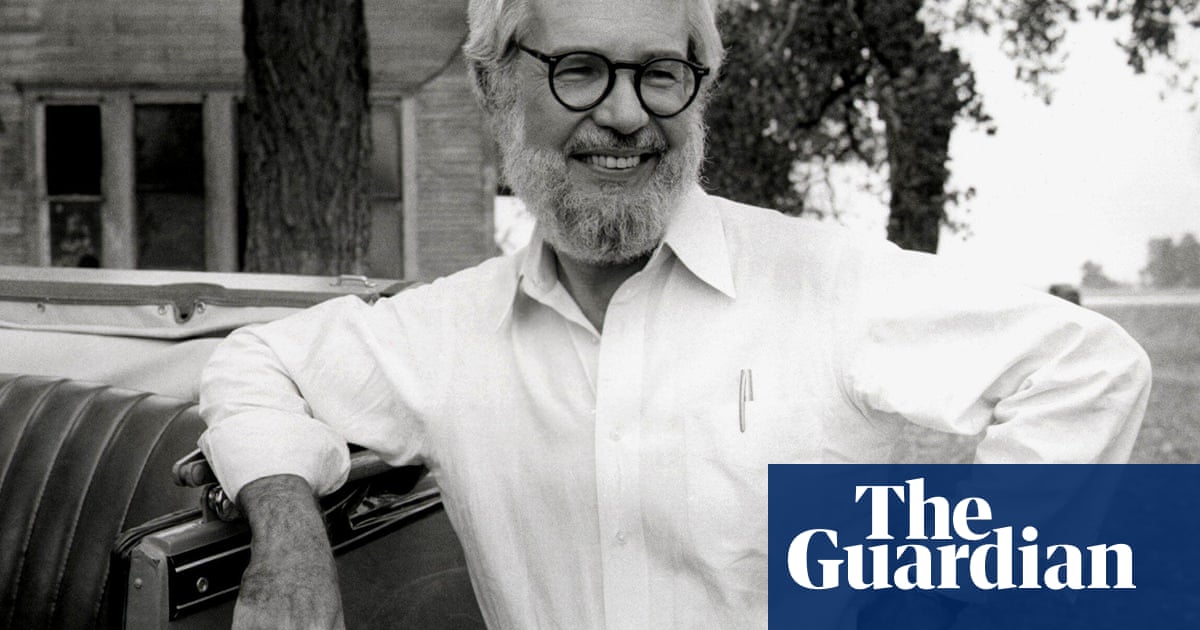People still lay flowers at the granite memorial stone close to the place in Birkenhead where Diane Sindall met her horrific, shocking death. It reads: “Murdered 2.8.1986 because she was a woman. In memory of all our sisters who have been raped and murdered. We will never let it be forgotten.”
On Merseyside, the killing has a legacy that is still felt today. For nearly four decades, many assumed justice had been served and the right man had been convicted. On Tuesday, that was turned on its head when the court of appeal ruled Peter Sullivan was an innocent man.
Sullivan was not the “Beast of Birkenhead”, the “Mersey Ripper” or “Wolfman”. He was not the unspeakable monster still etched in the memory of so many. He spent 38 years in category A jails for a crime he did not commit.
It means there may be someone alive who did kill Sindall and could, and should, be brought to justice.
In August 1986, Sindall, a 21-year-old florist, was working part-time shifts at a pub in Bebington to help raise extra money for her planned wedding the following year. At the end of a Friday shift she set off for home, five miles away in Seacombe, in her blue Fiat van only to run out of petrol.
She did as anyone else would do and started to walk along a busy, well-lit main road. She was spotted by witnesses walking along Borough Road towards Tranmere between midnight and 12.20am.
Whether Sindall was looking for a taxi, heading to an all-night garage or a friend’s house is not known for sure. A taxi driver told the BBC’s Crimewatch programme that he saw a man and a woman arguing in the street at 12.10am.

Twelve hours later Sindall’s body was found by a dog walker in an alleyway off Borough Road. She had been beaten to death in a frenzied sex attack. According to police: “She had suffered extensive injuries to her body. Her cause of death was established as a cerebral haemorrhage following multiple blows.”
A pathologist said in court that her injuries were the “very worst” he had seen “outside of a road traffic accident”. The murder prompted revulsion, fear and anger with girls and women afraid to be out on streets alone. It was the ordinariness of what happened – running out of petrol on a busy road – that heightened anxiety.
John Thompson, who covered the case for the Liverpool Echo, told the BBC: “Fathers, boyfriends, brothers and husbands would pick women up from work and tell them not to leave the premises until they were right outside the door.
“There was real terror,” he said, because Sindall’s murder was “different – it was horrific”.
It led to the first Reclaim the Night march in Liverpool, a movement that began in Leeds after the Yorkshire Ripper murders and as a response to police advice that women shout stay indoors.

A group of local women also decided enough was enough, getting together around a kitchen table to found Wirral Rape Crisis Counselling Service (WRCCS), now known as RASA Merseyside.
The murder prompted the biggest manhunt in the history of Merseyside police, with officers speaking to about 3,000 people. It is said that at one point, police considered interviewing every man in Birkenhead.
On 23 September, Sullivan was arrested after apparently giving police a number of different accounts of his movements.
It was alleged that he had spent the day drinking heavily in a pub 10 minutes from where the body was found. After losing a darts match it was said Sullivan went out armed with a crowbar before what was a chance encounter with Sindall.
Sullivan was initially denied legal representation or an appropriate adult in police interview, on the grounds that officers were concerned that sensitive information might be leaked about the investigation.
The court of appeal heard that Sullivan made a number of confessions and retractions during questioning. After he had access to a solicitor, Sullivan said he made the confessions up.
His trial in 1987 heard evidence from dental experts that bite marks on Sindall’s body could be matched to Sindall’s teeth. It led to the Wolfman nickname, one of a number of infamous names for a man now known to be innocent of the crime.
The retracted confessions, the bite marks and circumstantial evidence about his whereabouts helped bring a conviction and Sullivan was jailed for life with a minimum term of 16 years. Until Tuesday, 38 years later, he was still in a category A prison.
Explaining Sullivan’s old “confessions” at the court of appeal, Jason Pitter KC said: “The appellant was extremely vulnerable in an interrogative situation, because of his limited intellectual functioning, combined with his problems with self-expression, his disposition to acquiesce, to yield, to be influenced, manipulated and controlled and his internal pressure to speak without reflection and his tendency to engage in make-believe to an extreme extent.”
Scientists now accept that bite marks on skin cannot be reliably used as identification evidence in criminal cases. The game-changing DNA sample that secured his release was only made possible by a method that first came into use in 2015.

Sullivan has been reviled for most of his life. Speaking outside the court of appeal his sister, Kim Smith, said: “Peter was called so many different names and that all needs to be squashed now because Peter was never anything of what he was being called in the first place.”
Merseyside police have promised to continue searching for Sindall’s real killer and called on help from the public.
Det Chief Supt Karen Jaundrill said: “If you were in the area, or had concerns about an individual at the time, let us know so our team can trace and request a DNA sample from the person you suspect, or a relative of theirs if they have perhaps passed away, or they have emigrated to another country.”

 6 hours ago
5
6 hours ago
5













































